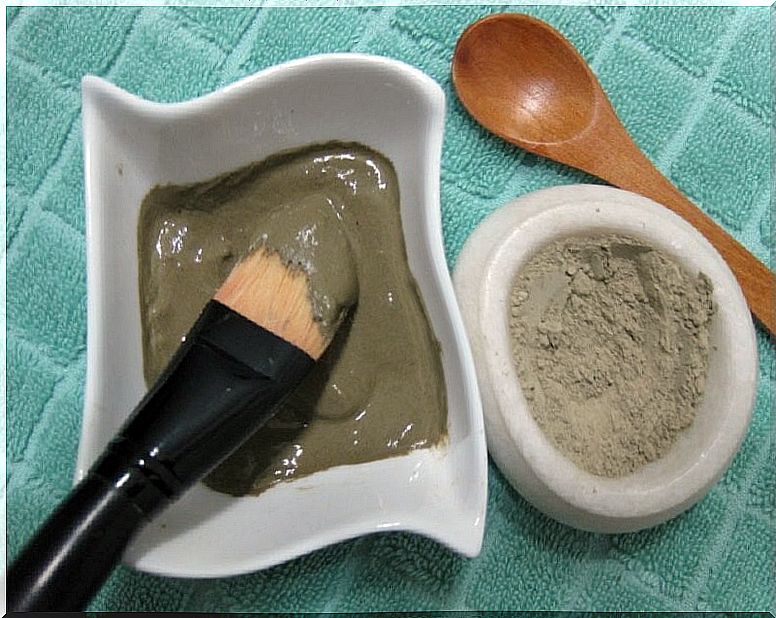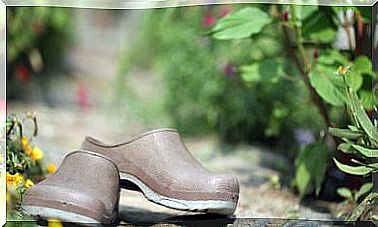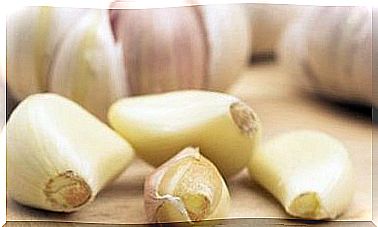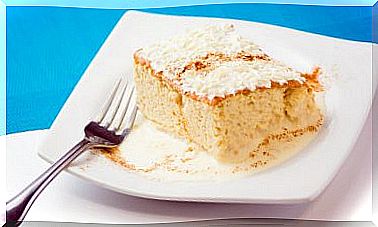Home Remedy To Help Reduce Inflammation Of Hernias
What are hernias? As this report from the US National Library of Medicine suggests, a hernia occurs when there is a weakness or a hole in the muscle wall that normally holds the abdominal organs in place. As a result, organs and tissues can bulge out or herniate, producing a bulge.
The most frequent hernias, depending on the area of the body, are:
- Femoral : presents a lump under the groin, more common in women.
- Groin : more common in men is a lump in the groin that can reach the scrotum
- Hiatus or hiatal : in the upper part of the stomach, it pushes up out of the abdominal cavity, and into the thoracic cavity through an opening in the diaphragm.
- Umbilical : a bulge around the navel area.
- Incisional – A lump that occurs through a scar from abdominal surgery.
- Disc : The soft tissue between the vertebrae moves and passes through a weakened part of the disc. This can put pressure on nearby nerves or the spinal cord.

Also read Herniated disc: what it is and what it consists of
Many hernias do not manifest any problems, showing asymptomatic painless inflammation. However, they can sometimes cause discomfort and pain that can be worse when standing, exerting physical effort, or lifting heavy objects.
The person finally consults a doctor when pain and swelling have increased. Hernias are usually easy to diagnose, simply by feeling and looking for the bulge.
Treatment may be cautious observation in asymptomatic hernias. However, in other cases surgery is convenient, either open or minimally invasive.
Natural remedy to help reduce inflammation of hernias
If we are looking for a remedy that helps reduce hernias because we are suffering from frequent discomfort or pain, we can resort to the combination of these three medicinal ingredients: clay, cabbage leaves and vinegar, which have a high anti-inflammatory power.
Read also Treatment of inguinal hernia
Discover the virtues of this remedy, as well as how to prepare and use it so that it can give you relief. However, it is always important to visit the doctor to examine you, evaluate the situation and decide the best treatment.
Clay

Clay is one of the oldest remedies that exist. The mud has been applied for centuries on multiple conditions to calm and reduce inflammation in a natural way. This is stated in this study carried out by the Autonomous Metropolitan University of Mexico.
Clay is very beneficial because, while absorbing water and toxins, it provides a wide variety of minerals through the pores of the skin.
- Just mix with water or some liquid and then apply on the skin.
- Leave it long enough to dry and then remove it with water.
- It should not be reused, as it absorbs toxins.
Vinegar
Vinegar, especially apple vinegar, is a food that regulates pH, activates circulation and reduces inflammation, according to this research from the Malaysian Agricultural Research and Development Institute. For this reason, when applied to the skin, it favors the recovery of the injury.
Cabbage

Cabbage is a vegetable that hides a large number of health properties. Among them, we highlight its anti-inflammatory virtues, present in this research from the University of Duisburg-Essen (Germany). It helps to calm discomfort and inflammation, such as those caused by hernia.
To benefit from its healing power, we must facilitate the extraction of its phytonutrients. To do this, crush or blanch the leaves, or prepare a juice that is applied using poultices. If you combine it with its consumption, you multiply its healing properties.
Preparation of the remedy
Ingredients
- 5 tablespoons of powdered clay (100 g)
- 2 tablespoons of vinegar (30 ml)
- 1 glass of water (200 ml)
- 2 or 3 cabbage leaves
The amounts will depend on the size of the area affected by the inflammation. We can vary the amounts of this remedy as long as we keep the proportions indicated in the recipe.
Elaboration and application
- Mix the clay, vinegar, and water. Use glass or ceramic utensils and containers, but not plastic or metal so as not to take away the properties of the clay.
- You will get a creamy mass ready to apply. If it is too runny add a little clay. If, on the other hand, it is too solid, add more water.
- Just when you are going to use the remedy, blanch the cabbage leaves. That is, put them in boiling water for a few seconds.
- Apply this remedy on the entire inflamed area. On top, place the blanched cabbage leaves, being careful not to burn yourself.
- Let it work for half an hour or until the clay dries.
- You can repeat the application two or three times a day, until you notice an improvement.








